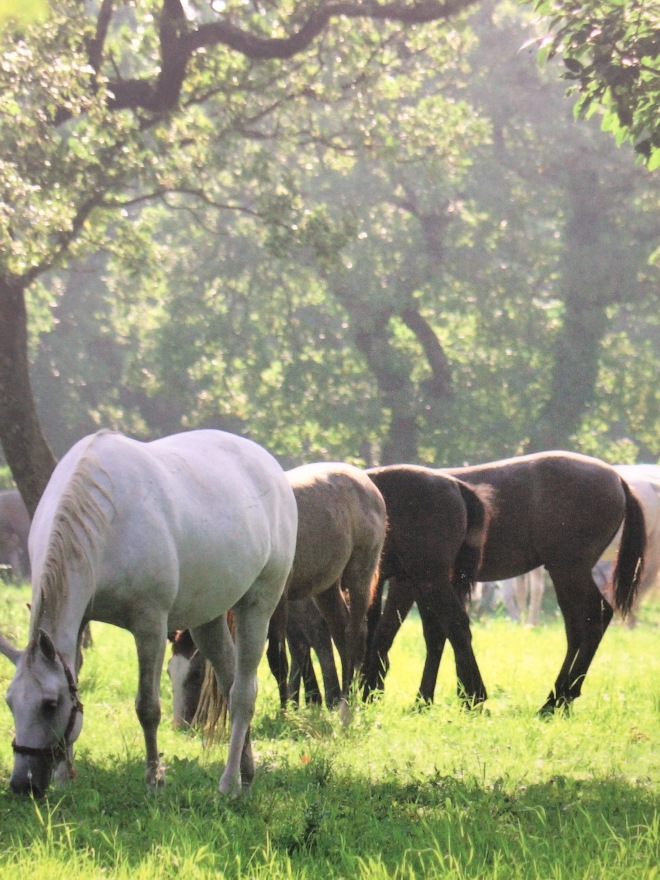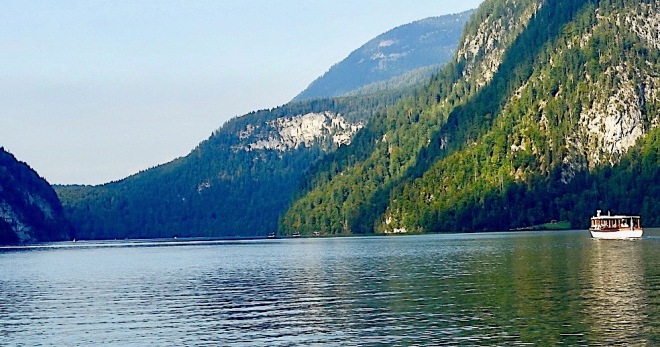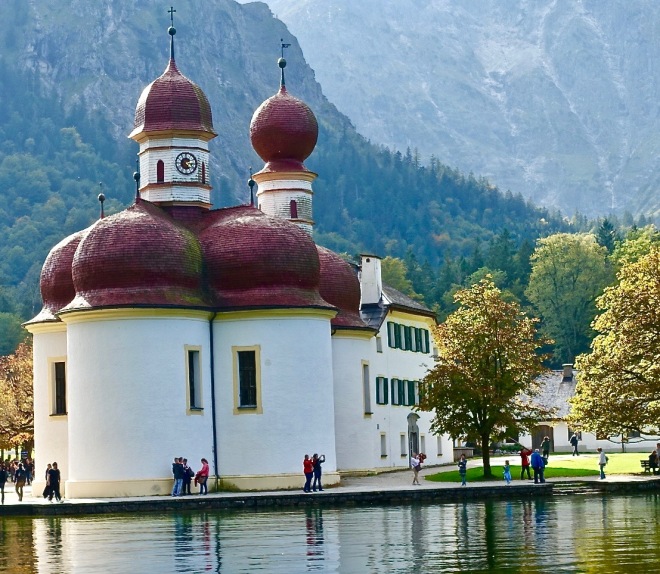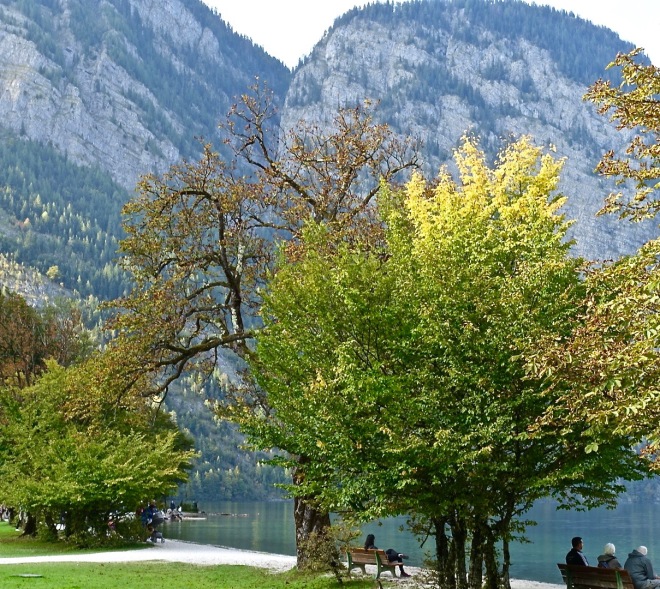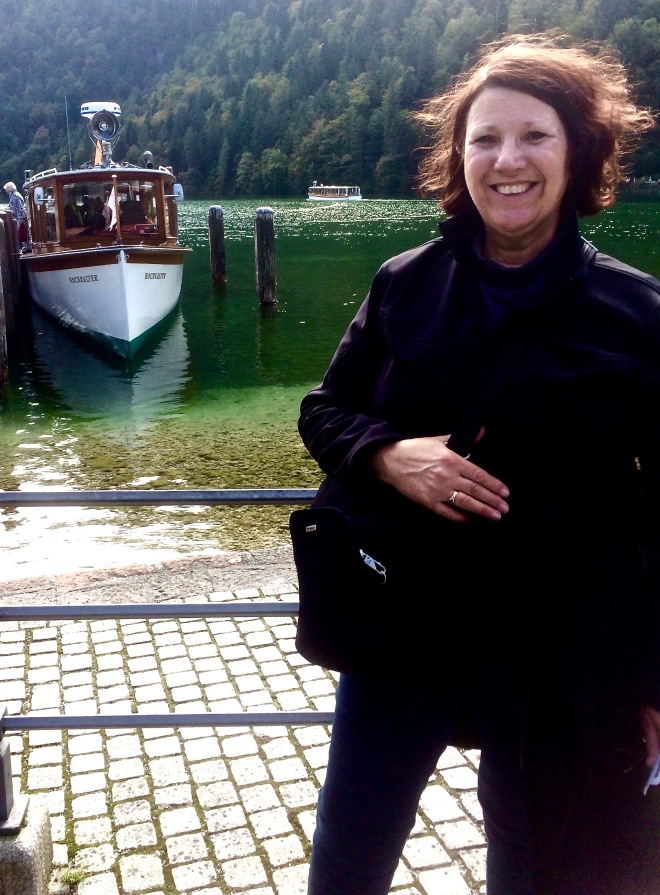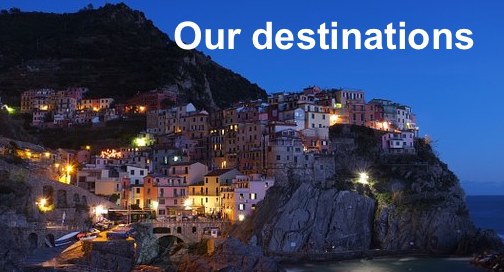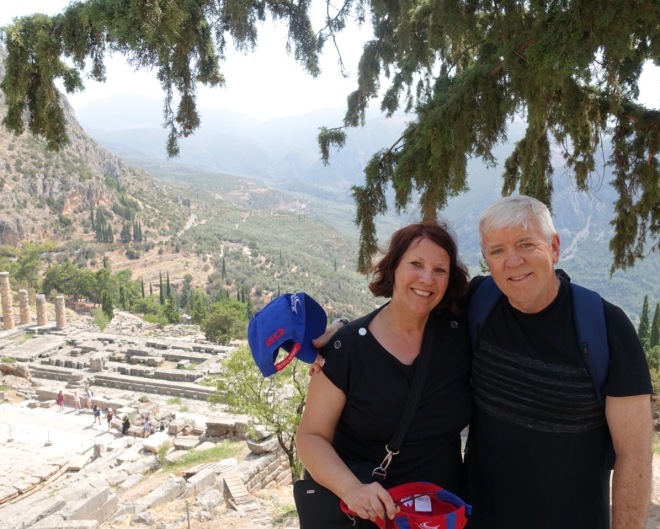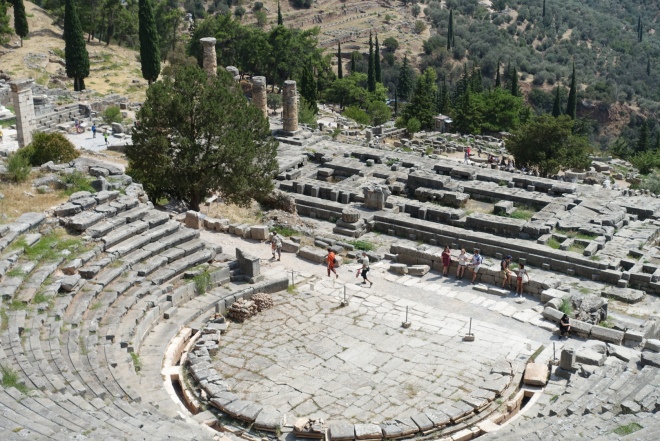Trains have started testing on Australia’s biggest public transport project – a massive modernisation and improvement of Sydney’s metro system.
New-generation trains – based on the international metropolis system used in 25 cities, including Barcelona, Amsterdam and Singapore – are set to revolutionise Sydney travel from 2019.
They are being tested on the new SydneyMetro North-west rail system, which includes eight new railway stations and 4,000 commuter car parking spaces in the city’s growing north-western area.
The new rail link, includes elevated stations; Australia’s biggest railway tunnels and the ‘Skytrain’ (pictured) between Bella Vista and Rouse Hill.
Skytrain
Skytrain takes Sydney Metro Northwest above ground for four kilometres
The skytrain is at a height of between 10 metres and 13 metres above ground level and is supported with 130 concrete piers, spaced approximately 39 metres apart.
The two new railway stations on the skytrain, Kellyville and Rouse Hill, are elevated and the platforms are above ground.
A landmark 270-metre long cable-stayed railway bridge over Windsor Road at Rouse Hill also forms part of the skytrain. This is similar in design to Sydney’s Anzac Bridge.
Timetable-free
When it opens, the new system promises a train every four minutes in peak hours and will be ‘timetable-free’: users will just turn up and catch a train.
A second stage of the project will include a revamped rail system through Central Sydney and on to the city’s south-west.
Accessibility
Sydney’s new-generation metro trains will make customer journeys easy – with an emphasis on accessibility for people of all ages.
Features include level access with platforms to multi-purpose areas for prams, luggage and bicycles and real time travel information.
Drivers not forgotten
Sydney’s transport facelift is not restricted to the new rail systems.
At the same time, a new tunnel system known as NorthConnex is changing the face of road travel by sweeping traffic through a nine-kilometre tunnel in Sydney’s north – linking the existing M1 and M2 motorways.
Central Sydney is also getting a 12-kilometre light rail system, with 19 new Stops through the city.
This system, for which testing is also underway will complement the current Inner-West Light Rail, which already carries 9.7 million people a year.



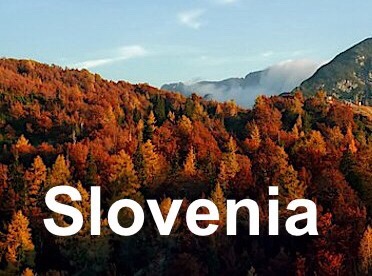 Apparently, the Lipizzaner’s ancestors can be traced to 800AD – a cross between local Karst breeds beloved by the Romans for chariot racing and Berber horses from Spain.
Apparently, the Lipizzaner’s ancestors can be traced to 800AD – a cross between local Karst breeds beloved by the Romans for chariot racing and Berber horses from Spain.
